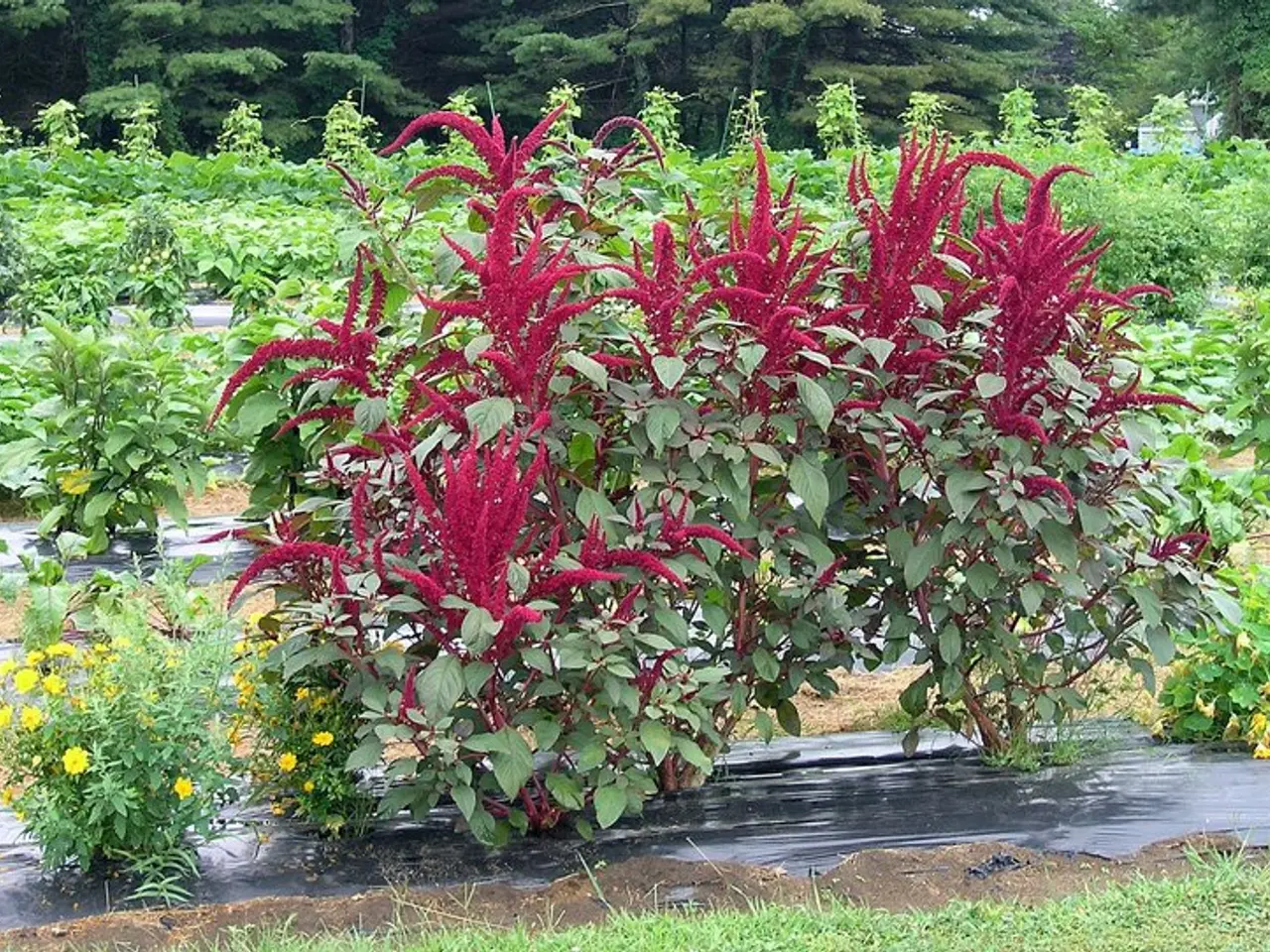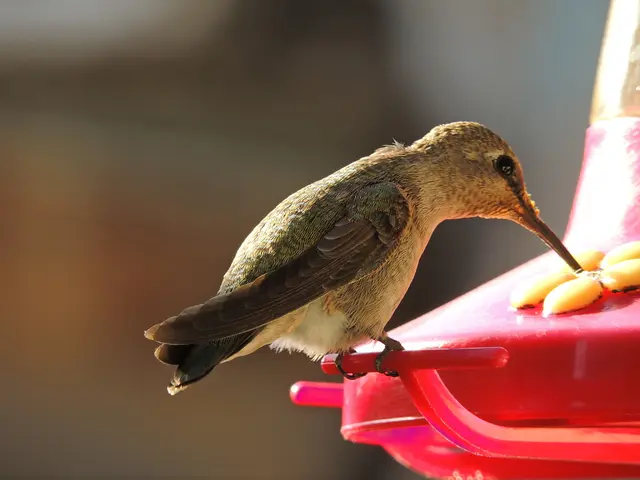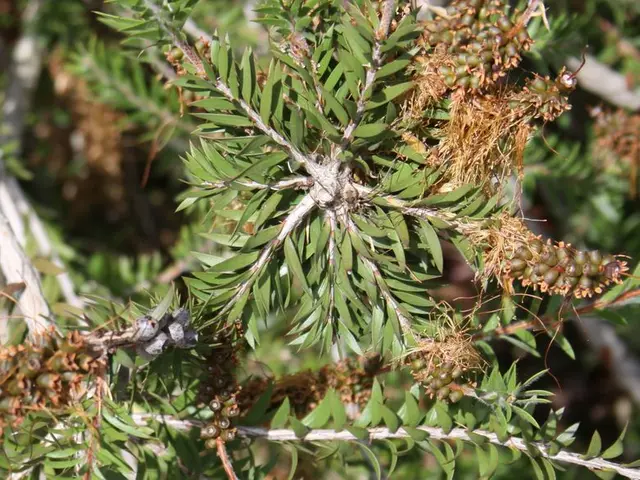Soil Preservation Champions: The Unseen Power of Nonvascular Flora
In the vast and diverse world of plant life, nonvascular plants stand out as pioneers, colonising new and inhospitable territories. Often found in extreme or newly formed conditions, these resilient organisms thrive in habitats such as salt marshes near coasts, salt lakes, alpine calcium scree slopes (Kalkschutthalden), and urban green spaces.
These pioneer species, including mosses, liverworts, and hornworts, are essential for their ability to establish themselves first in these challenging environments. Reproduction for nonvascular plants relies on water, as their sperm cells are flagellated and need to swim to reach the egg for fertilization.
Once established, nonvascular plants play a crucial role in preparing the ground for other life forms. They create a moist ecosystem by growing close to the ground and forming dense mats or cushions, which helps reduce water loss. This moist ecosystem is not only beneficial for the nonvascular plants themselves but also for the various animals and other plants that follow.
The dense mats of growth also help hold soil together and prevent erosion, especially in places like riverbanks, arctic tundra, and tropical rainforests. This soil stabilisation is remarkable given the lack of a complex vascular system in nonvascular plants.
Moreover, nonvascular plants contribute to carbon dioxide assimilation, particularly in bogs, where they host microbial communities that support the functioning of peatlands. This process is significant in the global carbon cycle, helping to mitigate climate change.
In nutrient-stressed conditions, nonvascular plants also contribute to nitrogen fixation, a crucial process in ecosystems. This ability to fix nitrogen makes the soil more hospitable for other life forms, further solidifying their role as pioneers.
In conclusion, nonvascular plants may lack a vascular system for water and nutrient transport, but they more than make up for it with their resilience, adaptability, and significant contributions to ecosystems. From soil stabilisation and water conservation to carbon dioxide assimilation and nitrogen fixation, these pioneer species play a vital role in the health and balance of our planet's ecosystems.







